Milk transfusions

As late as the 19th Century, doctors believed that milk was an adequate substitution for blood because of its fatty qualities. However, the blood transfusions that used milk resulted in patients dying, as the milk would result in an almost instant drop in the patient’s heart rate.
Cigarettes to help asthma
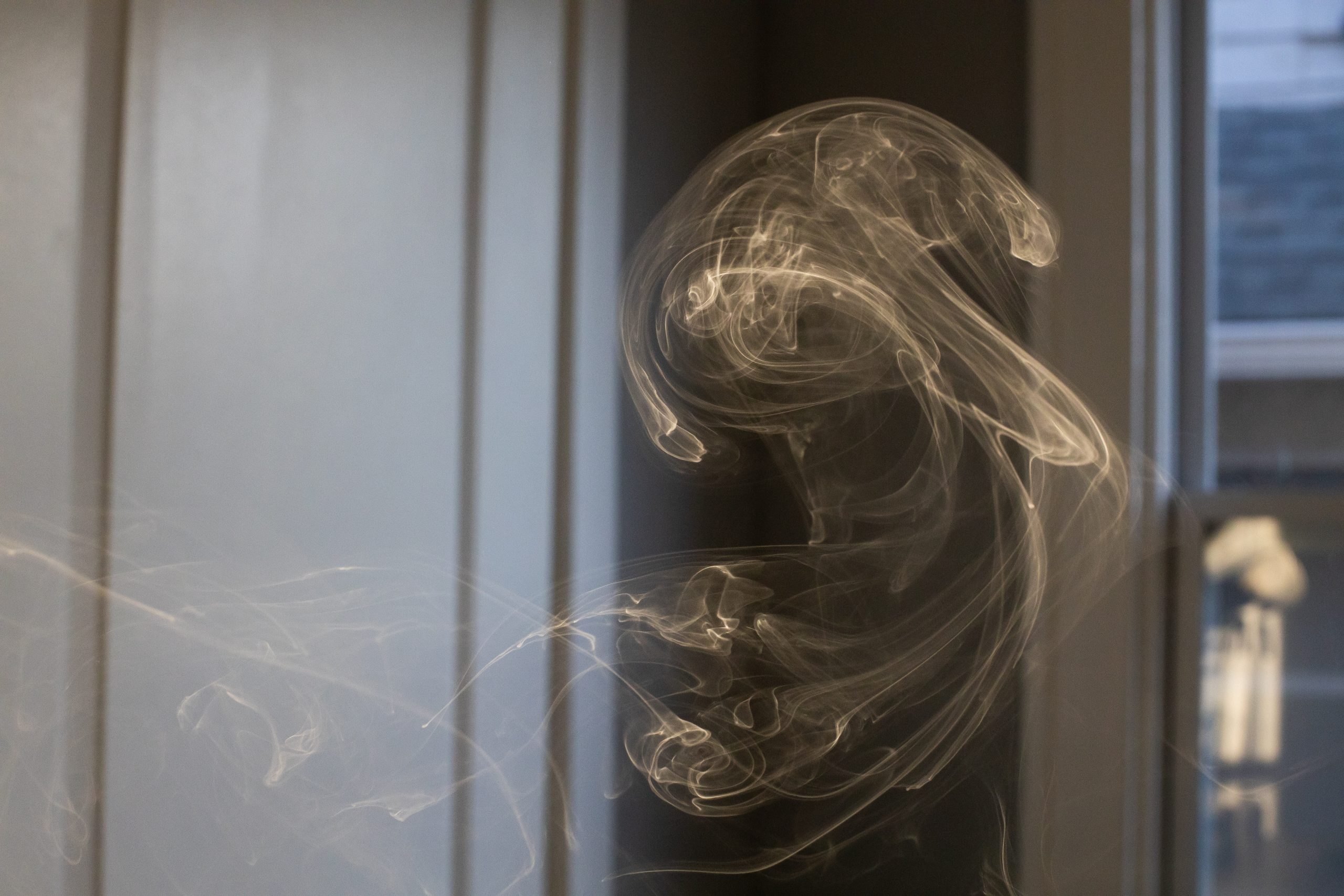
While we now know of the dangers of smoking tobacco cigarettes, doctors in the 1920s and 30s would use them to calm asthma symptoms. Even then, many medical practitioners knew that cigarettes actually did the exact opposite of help, but they also knew that the sale of tobacco was a great money-making technique.
Chloroform to help asthma
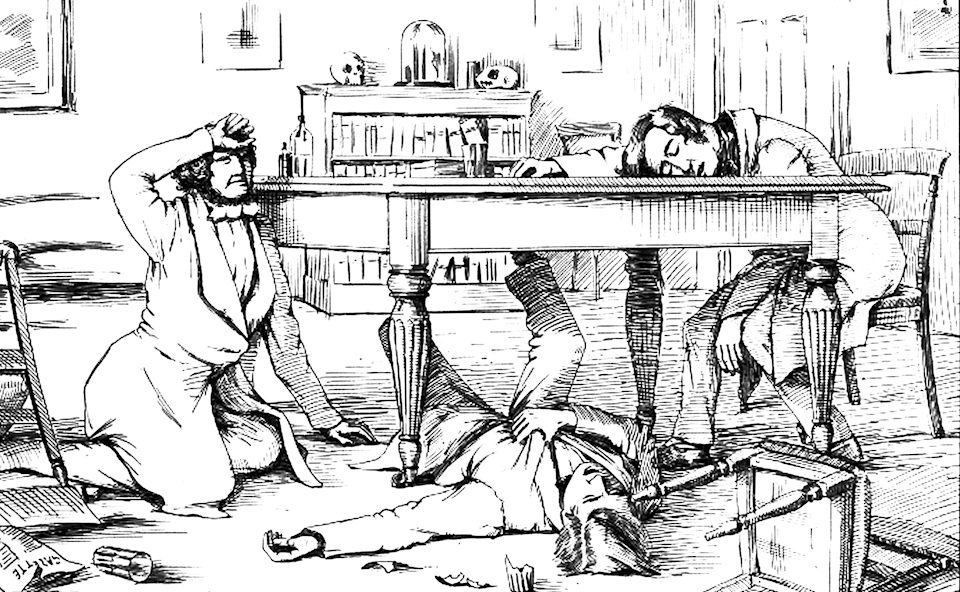
Another old, and highly dangerous, method of curing asthma symptoms was to prescribe patients chloroform, a highly toxic liquid that can kill you pretty quickly if exposed to too much of it. This is what happened to many unfortunate patients, who would often overdose on the substance during asthma attacks.
Soothing syrup for babies
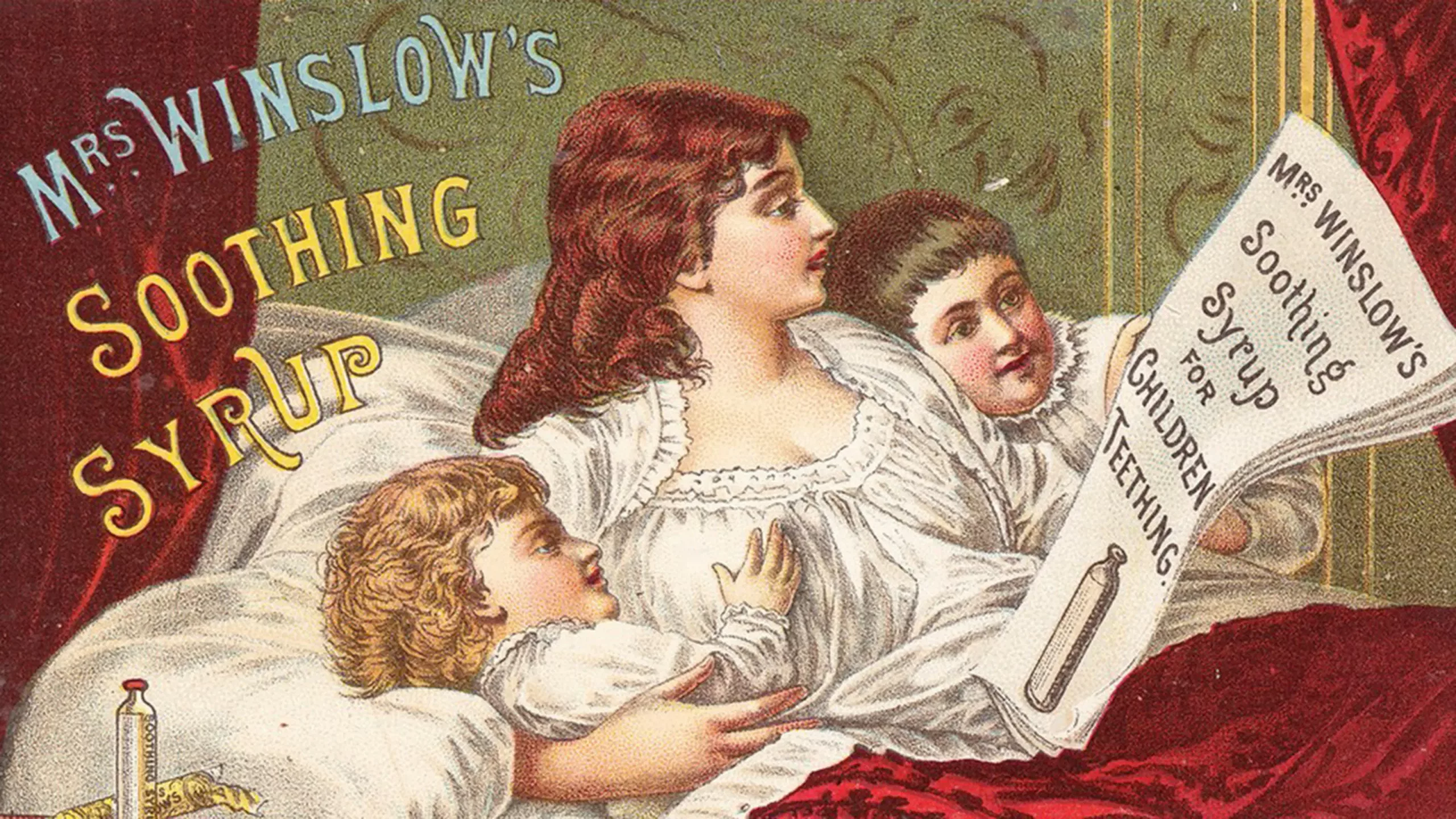
Soothing syrup was advertised heavily in the late 19th and early 20th century, as a remedy for babies experiencing pain from teething and other fairly normal ailments. These soothing syrups would eventually become known as ‘baby killers’ as they contained a heavy dosage of both alcohol and morphine. Yikes!
Xenotransplantation

Xenotransplantation is one of the strangest medical procedures of the 1920s. It involved transplanting organs and glands from one species to another, often being sold as a way to keep you looking and feeling young. One instance of the procedure involved a man receiving a gland from a chimpanzee. Thankfully this practice didn’t continue into the rest of the century.
Sitting in dead whales

Arthritis patients in Australia in the late 19th/early 20th century were treated in a very novel way. When a nearby whale died, patients would be rowed out to the deceased creature and told to crawl through a narrow hole that the doctors would carve into the whale. They would then sit in the whale for a couple of hours, with the decomposing whale blubber engulfing them. This was said to cure inflammation and subdue symptoms of arthritis.
Boiled carrots to help asthma

A slightly more normal, but equally ineffective treatment: asthma patients in the 18th century were advised by doctors to stick to a diet consisting of nothing but boiled carrots. Patients had to stick to this diet for an entire fortnight, and if they deviated from it, the process would be entirely for nothing. As if it wasn’t anyway!
Electrotherapy for toothaches
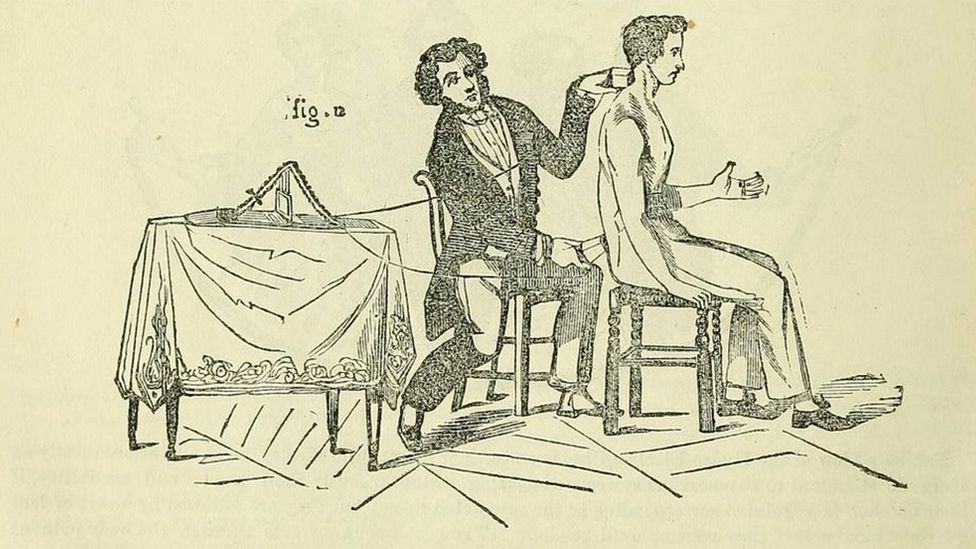
Up until around the mid-20th century, doctors were never afraid to put their patients through physical hell in order to try and cure them of fairly mild ailments. From electrotherapy’s introduction in the 1700s to the 1900s when it was finally seen as a bit over the top, doctors were using it to try and shock people’s toothache out of them.
Electrotherapy for wellness
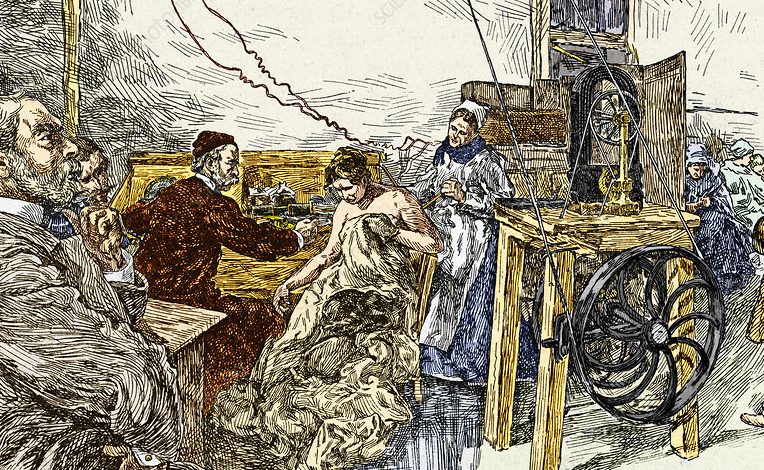
Shocking people with semi-dangerous levels of electricity was not solely used to treat toothaches and minor diseases. Some people would willingly go out of their way to experience an electric shock to the body in the name of health and well-being. Many believed that the electricity would realign them and prevent any illnesses from forming.
Radium to cure arthritis
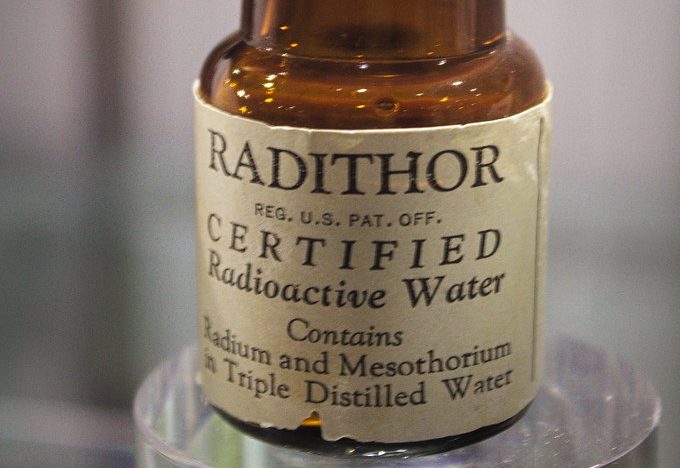
Arthritis has been the bane of many people’s lives for centuries, to the point where they would go to any lengths to calm the symptoms. In the early 20th century, American doctors would prescribe patients a mixture of radium and water, which was meant to ease the pain. What it actually did was put patients at a severely high risk of radiation poisoning. Radium is a radioactive substance, after all.
Powder from human bodies to get rid of bruises
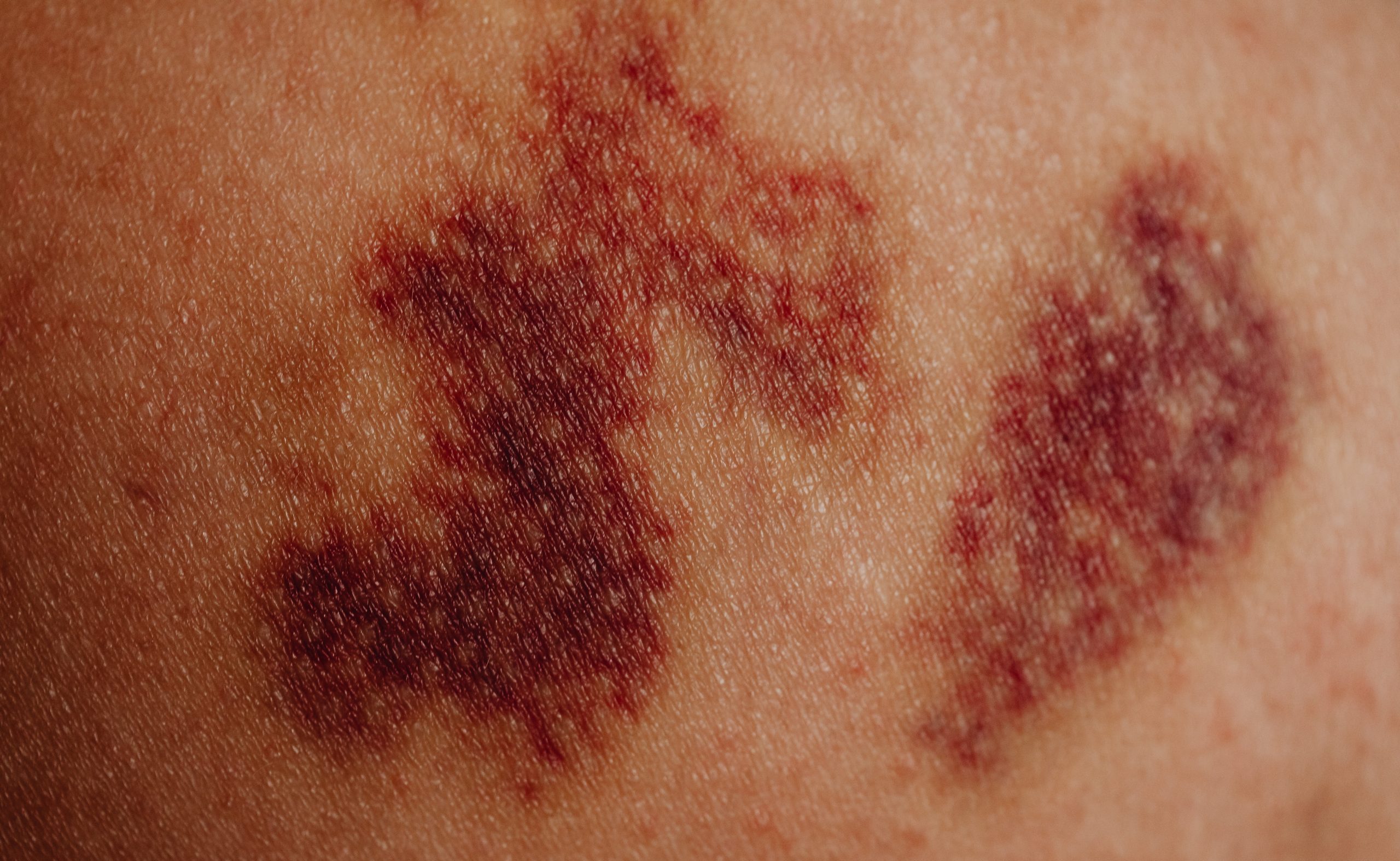
Throughout Europe in the 16th and 17th centuries, an odd medical trend began to emerge. This was the use of human bodies in medical practices, appearing in cures for ailments as small as headaches. Doctors even used a powder made from grinding deceased humans to ease the darkness of bruises. It didn’t work.
Crab eyes to fix swollen eyes

As part of an educational reform in the ninth century in England, a book was published that outlined remedies for the many illnesses people would have experienced at the time. One remedy in the book was to use the eyes of a crab to cure swollen eyes. People would have to rip the eyes out of a live crab, not a dead one, and rub them across the back of the affected individual.
Fox teeth to fix swollen body parts

In a similar vein to the last point, if you wanted to fix other parts of your body that were swollen, you’d need the tooth of a live fox. Once again, it was very important that the fox was alive, otherwise, the alleged remedy just would not work. Once the sufferer had acquired the tooth, they were instructed to rub it over any part of the body that was swollen.
Pickled sheep’s eyes to cure hangovers

Back in the days of Genghis Khan, circa 1200, Mongolians would attempt to cure their hangovers by eating a pickled sheep’s eye for breakfast. This practice still happens today, but rather than eating the sheep’s eye on its own, people will wash it down with a glass of tomato juice.
Lobotomies to cure mental health disorders
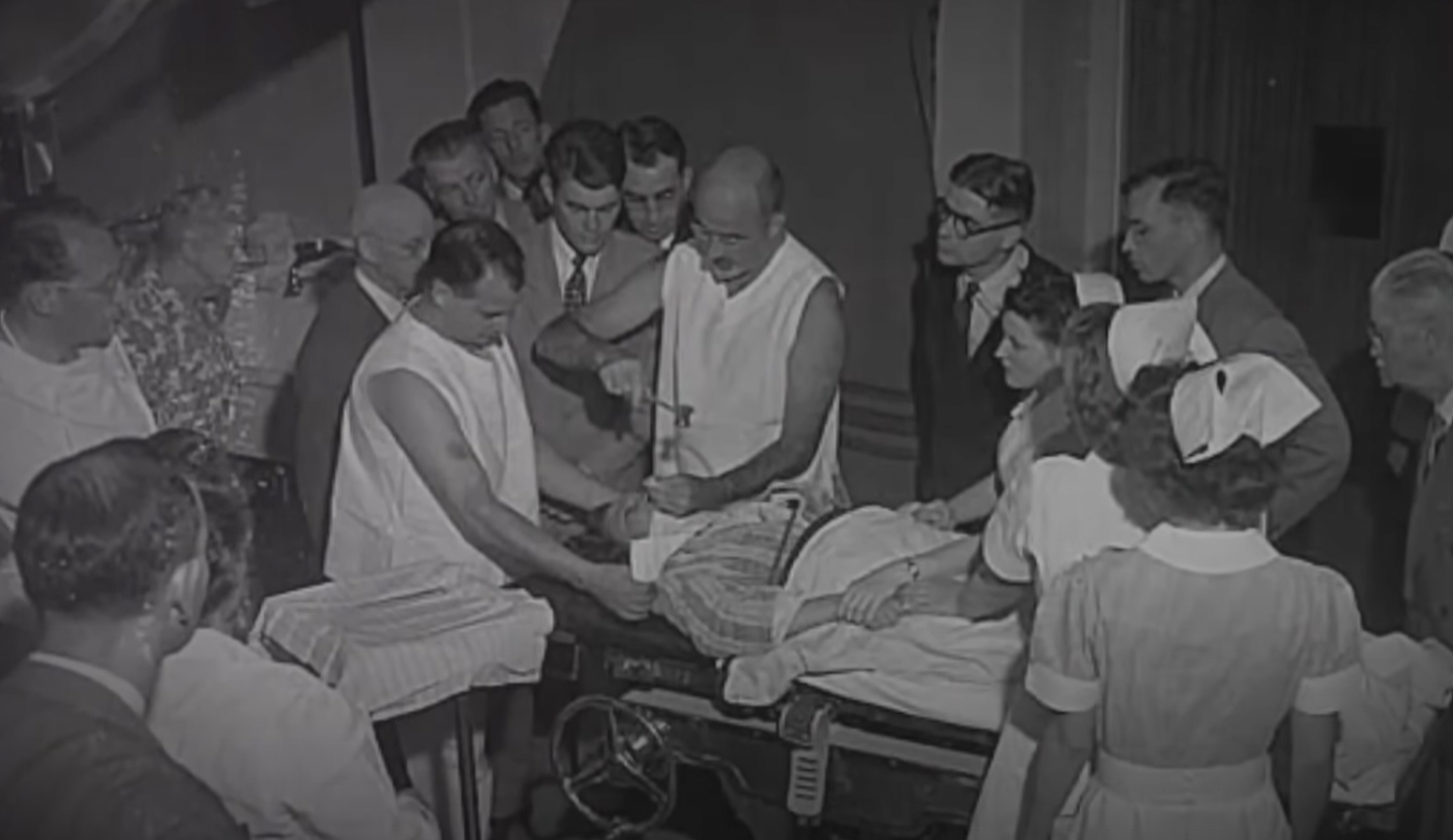
Lobotomies were an early form of brain surgery, which involved severing the nerve pathways in the brain’s prefrontal cortex. Many doctors believed that these nerves caused erratic behavior and mental health disorders. The surgery was performed by drilling holes into patients’ skulls and through the eye socket. Gruesome, and not proven to actually achieve anything.
Drilling into the skull to relieve headaches
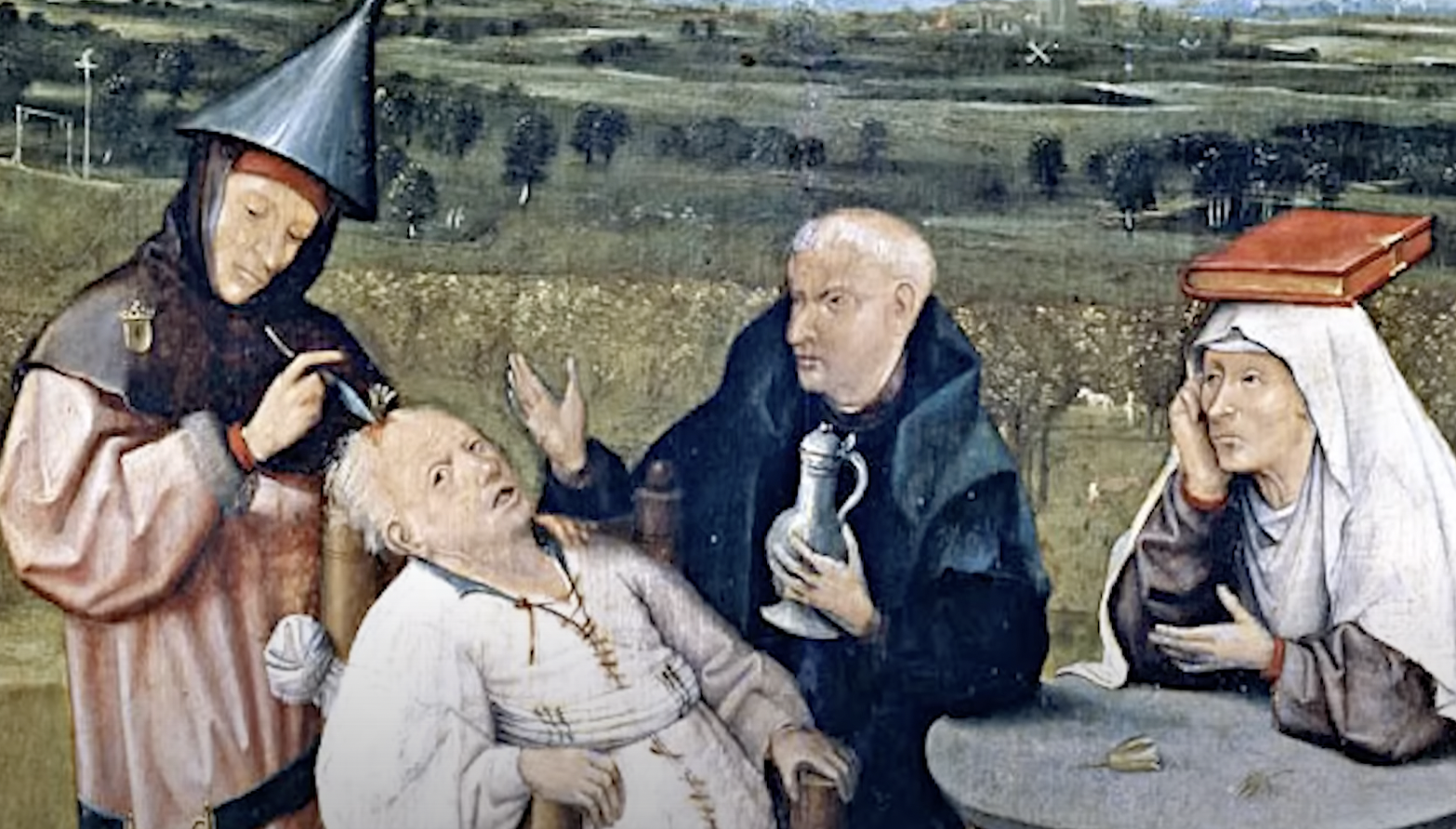
Before lobotomies, doctors were drilling holes into people’s heads in order to relieve them of their headaches. This would supposedly relieve the build-up of pressure in the skull, but would likely leave patients in more pain for a longer time than if they were to have just ridden the headache out. Surprisingly though, a small percentage of patients would recover from having an unnecessary hole drilled into their head.
Waterboarding to cure mental health disorders
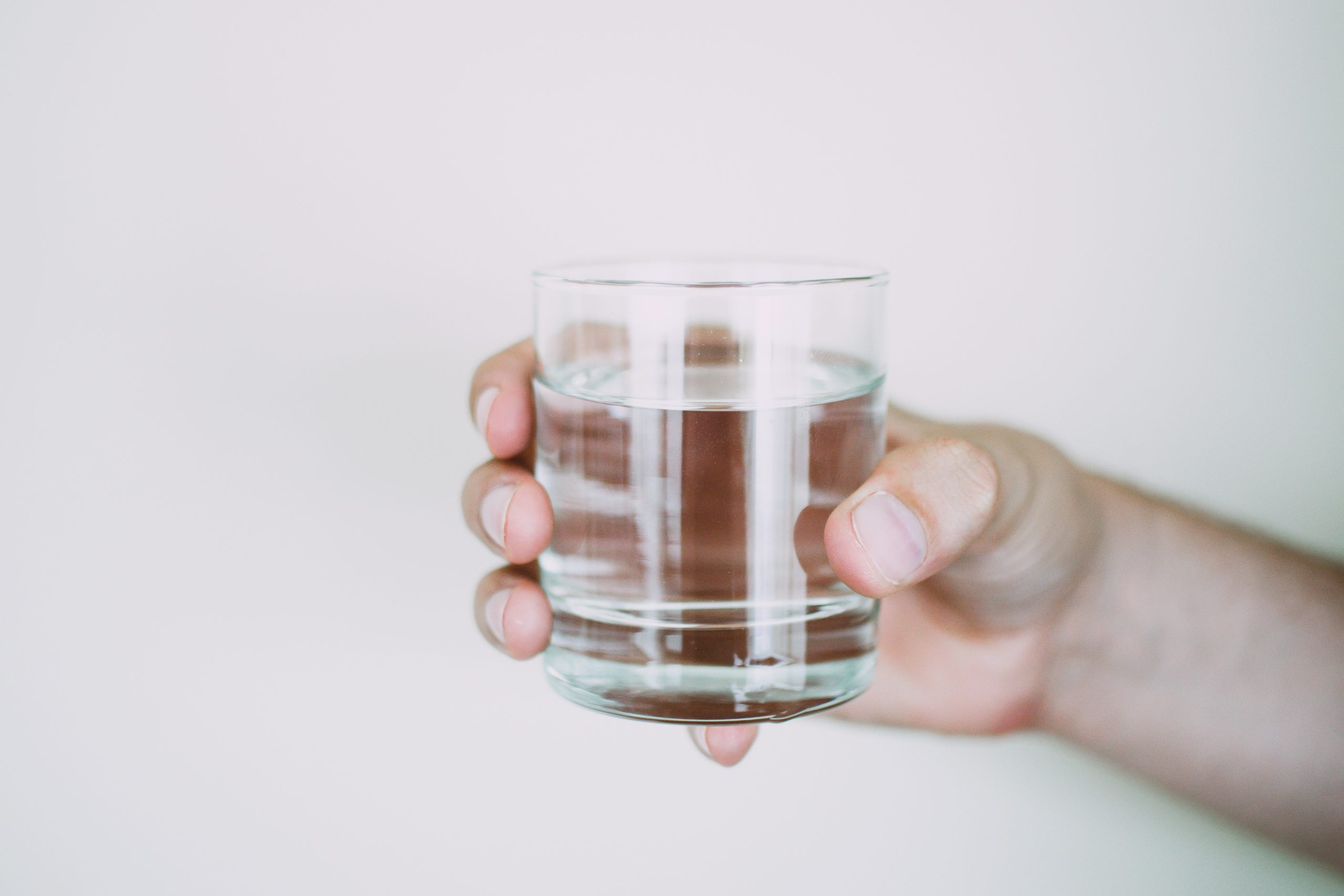
Waterboarding is a type of shock therapy, which exposes its patients, or victims, to an excessive amount of water over their mouth and nose, to a point where drowning feels inevitable. After patients had been put through the experience, doctors would claim that they’d be cured of any mental instability. In reality, they’d just be too scared to return to the doctor’s office.
Iron lungs to cure polio
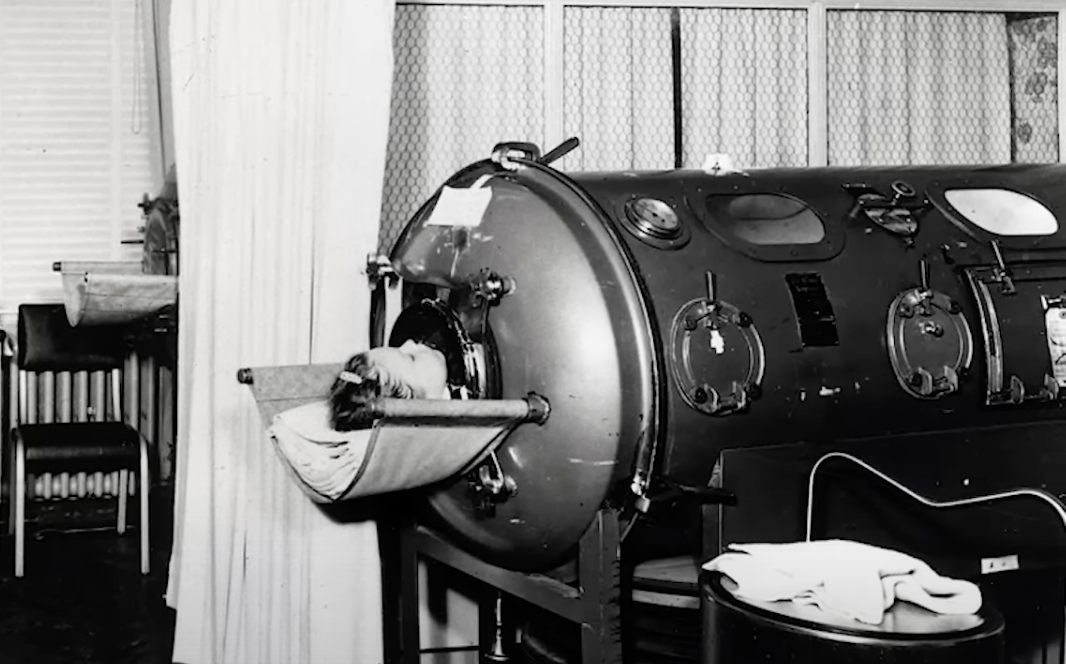
Polio was a huge killer in the days before humans were vaccinated for it. As recent as the 1940s and 50s, patients suffering from polio would have been put into an iron lung, a metal cabinet in which the patient would have to lie for weeks on end. This allowed patients who had not been able to breathe properly due to the disease, to breathe again.
Bloodletting to treat disease
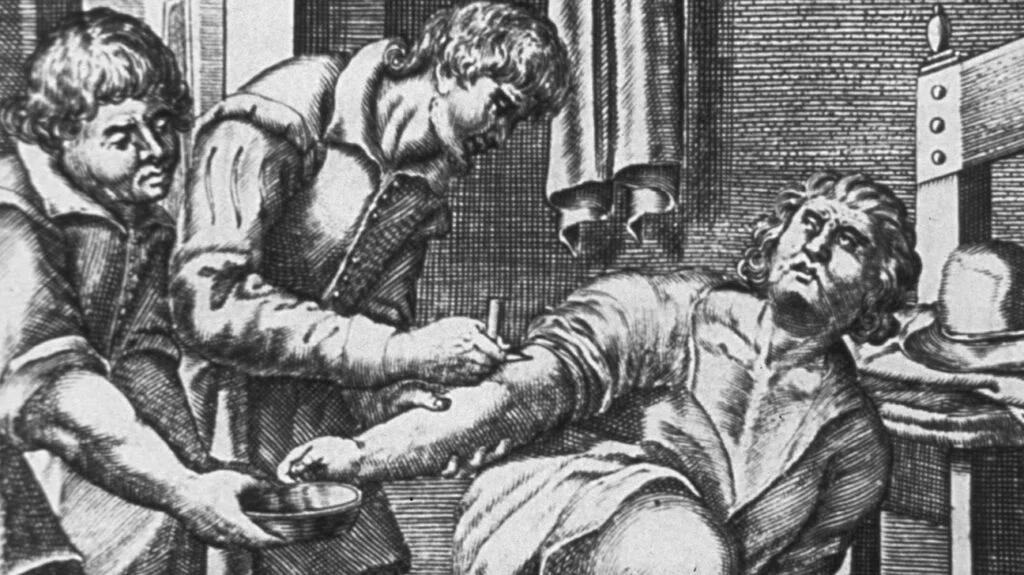
Bloodletting was a technique used by doctors from the times of the Ancient Greeks and Ancient Egyptians, all the way up until the 19th century. It involves the release of the patient’s blood, to fight diseases such as smallpox and the bubonic plague. However, a loss of blood can cause cardiac arrest and infections, along with other harmful illnesses, so it was stopped in the 1800s.
Using dolphins to help with childbirth

To this very day, it is believed in Peru that if you allow a dolphin to come into contact with a pregnant woman’s stomach, it will greatly enhance the chances of the baby being born healthy. Many Peruvians believe that the high-frequency sounds emitted by dolphins will have a positive impact on the fetus inside the womb.
Using moldy bread to prevent infections
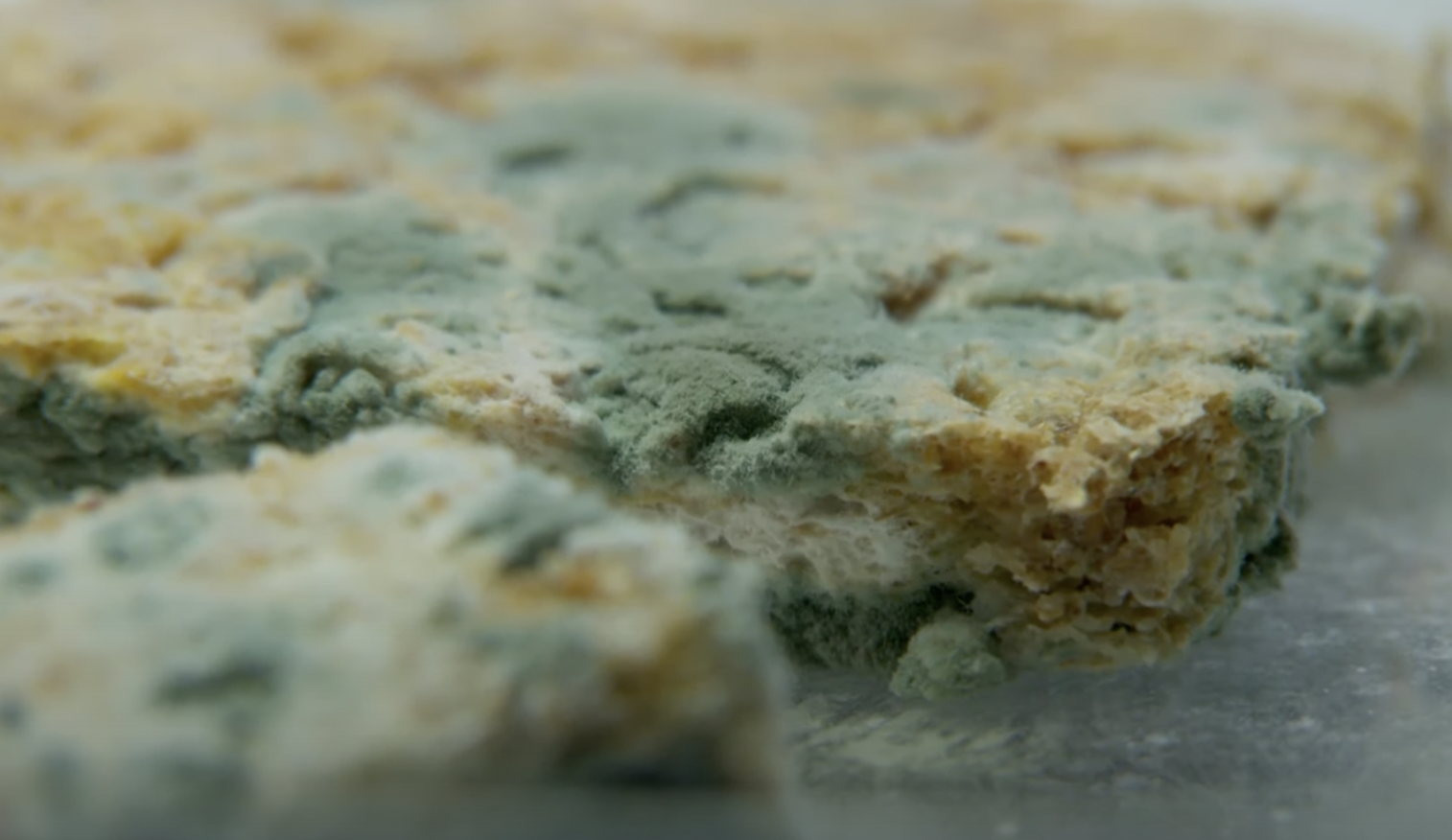
Ancient Egyptians believed that touching open wounds with moldy bread would prevent infections from getting into the injury. This is, of course, way before the discovery of what causes infections, so the belief that putting bread with heavy amounts of bacteria on an open wound was not so ludicrous.
Drinking scorpions to fight STIs

In a handful of provinces outside of Bangkok in Thailand, it is still believed that drinking ground-up scorpions mixed with wine can cure sexually transmitted diseases. There is no substantial medical evidence that this method will work at all, which has probably simply led to further infections entering the body.
Ground-up mummies used as painkillers
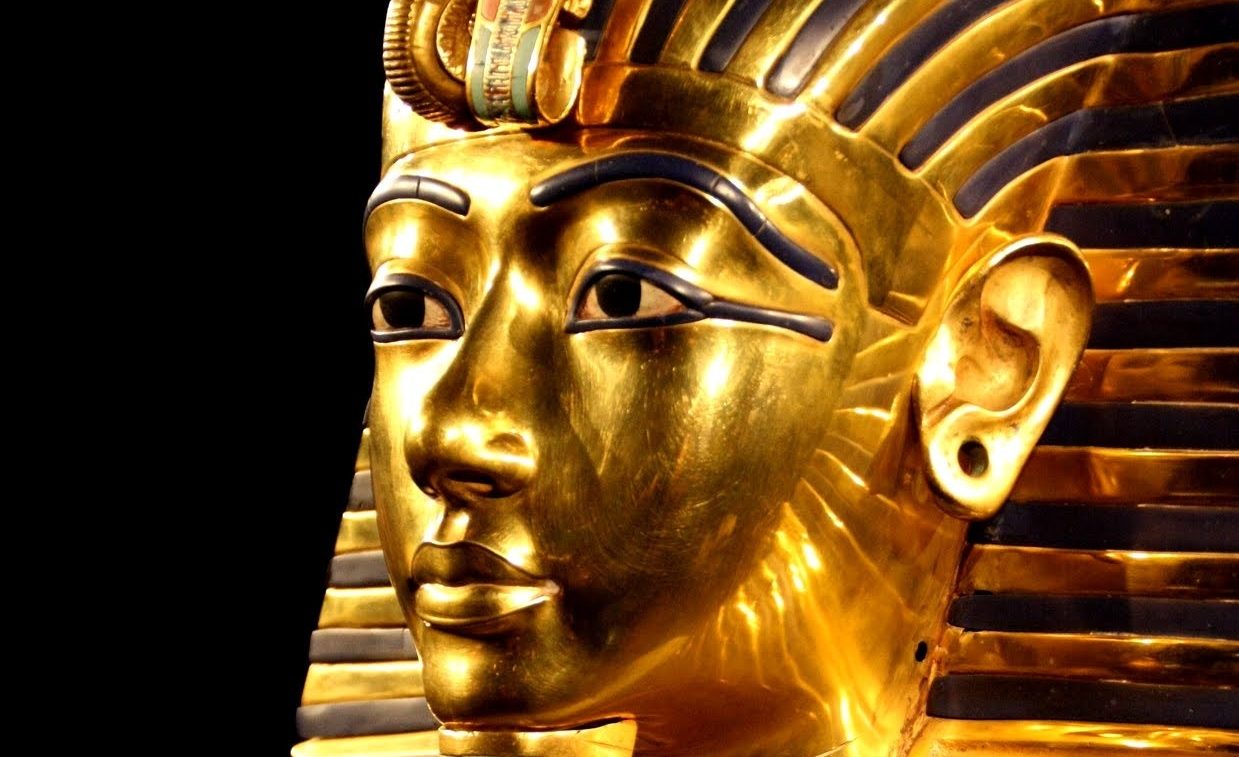
In the 12th century, Egypt had been conquered, and so the insides of the famous Egyptian pyramids and tombs became a hunting ground for every early scientist looking for unusual remedies. The mummies were often excavated, ground down into a powder, and used as painkillers, much like the aspirin of today’s world.
Crocodile feces as birth control

Before Egypt was taken over, the ancient inhabitants used to believe that crocodile feces was an effective method of birth control. It was hard to come by, and expensive, so only the rich and powerful had access to it. Not too much detail is out there about how it was used, but it did cause a whole load of infections, making birth control the least of the user’s worries.
Parrafin wax to prevent aging
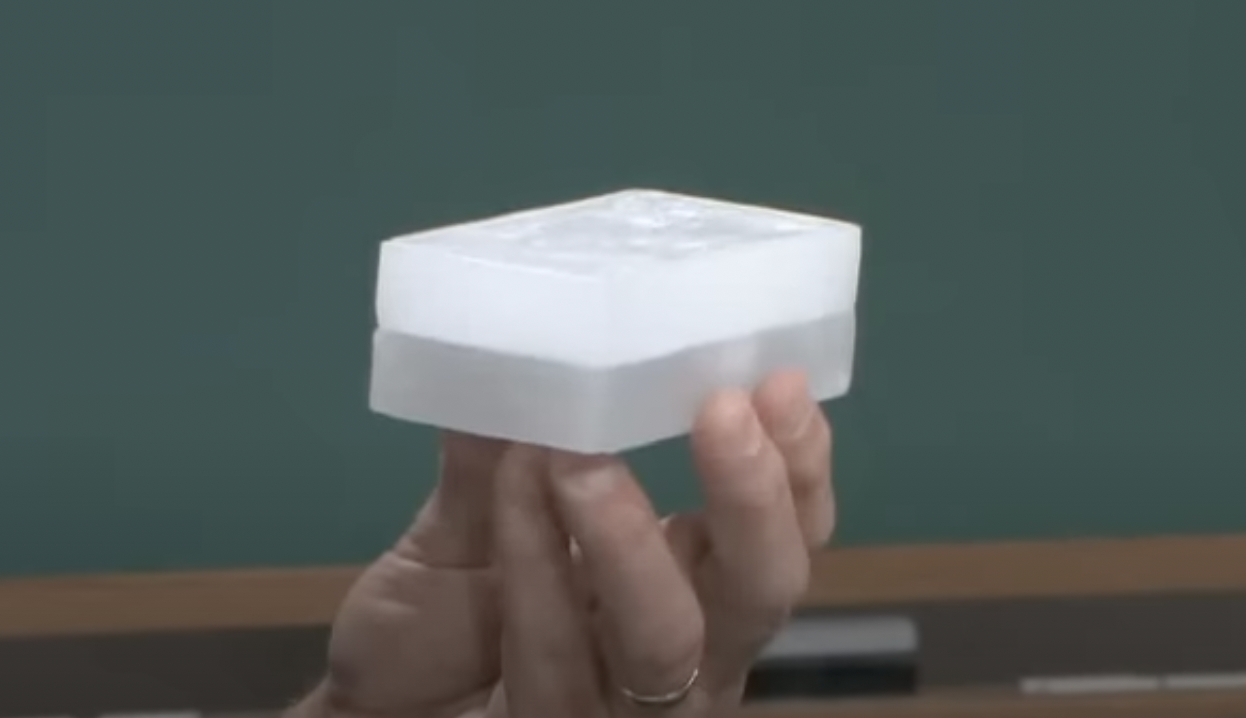
Humans have been an incredibly vain species since way before the invention of social media, with recorded anti-aging methods dating back to ancient times. Back in the 19th century, doctors were injecting patients with paraffin wax, in an attempt to firm out skin and reduce wrinkling.
Dead mouse paste to cure toothaches

Many Ancient Egyptians believed that grinding down a dead mouse and mixing it with a host of other substances could be the cure for toothache and other oral pains. This couldn’t have been further from the truth, as the poor, deceased little mouse would have been home to a variety of harmful bacteria.
Malaria treating syphilis

Originally, Dr. Julius Wagner-Jauregg’s discovery that malaria can cure diseases such as syphilis was seen as a historic medical breakthrough, even winning Wagner-Jauregg a Nobel prize in 1927. However, doctors soon woke up to the fact that all they were doing was curing one disease by infecting someone with another, effectively canceling it out and making no progress on the patient’s well-being.
Hemorrhoids treated with hot irons

In the days when doctors would treat their patients like cattle, and before hemorrhoid cream was a thing, suffering patients would be branded with hot irons as a hemorrhoid remedy. This was also before the invention of anesthesia, so you can imagine the noises coming out of the hemorrhoid ward.
Removing part of the tongue to stop stuttering

While we now know that those suffering from a stutter can be taught and nurtured out of it, people in the 18th century would have had to experience a hemiglossectomy, which means, getting part of their tongue cut out. The sheer horror of this treatment isn’t worth thinking about, especially when you realize that it took place before the introduction of anesthetics.
Whirling Chairs
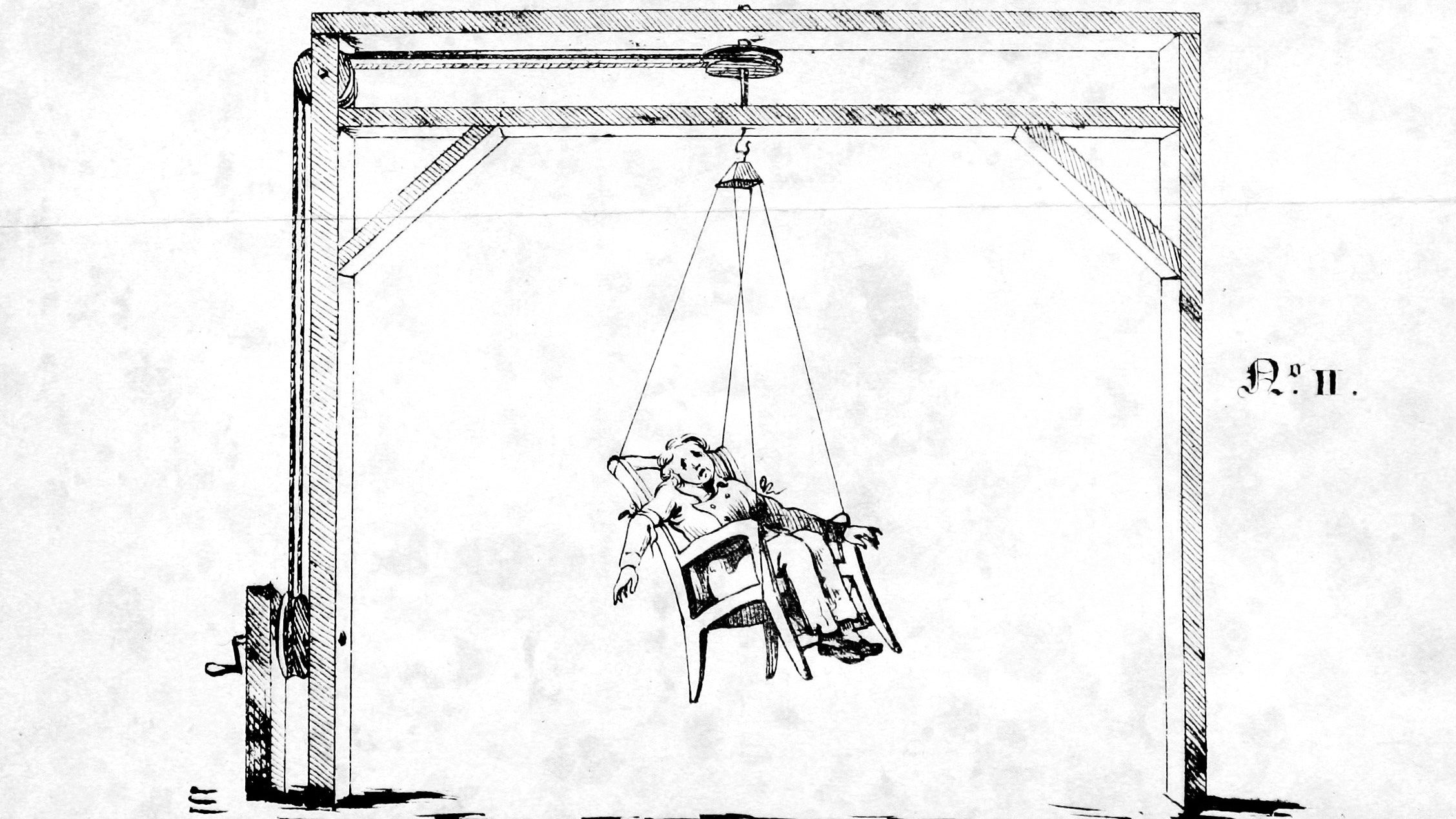
Whirling chairs did exactly what you’d imagine, spinning patients around until they got so dizzy they passed out. This method was used as an attempt to cure people who suffered from schizophrenia and other mental illnesses, supposedly by shuffling the insides of the brain about.
Corn Flakes to prevent sexual urges

When Dr. J.H. Kellogg was developing the recipe for his finest creation, Corn Flakes, he wasn’t just in the business of creating a quick, easy breakfast option. No, no, no. Dr. Kellogg was attempting to make a foodstuff that prevented male sexual urges and the desire for self-pleasure.
Vin Mariani tonic
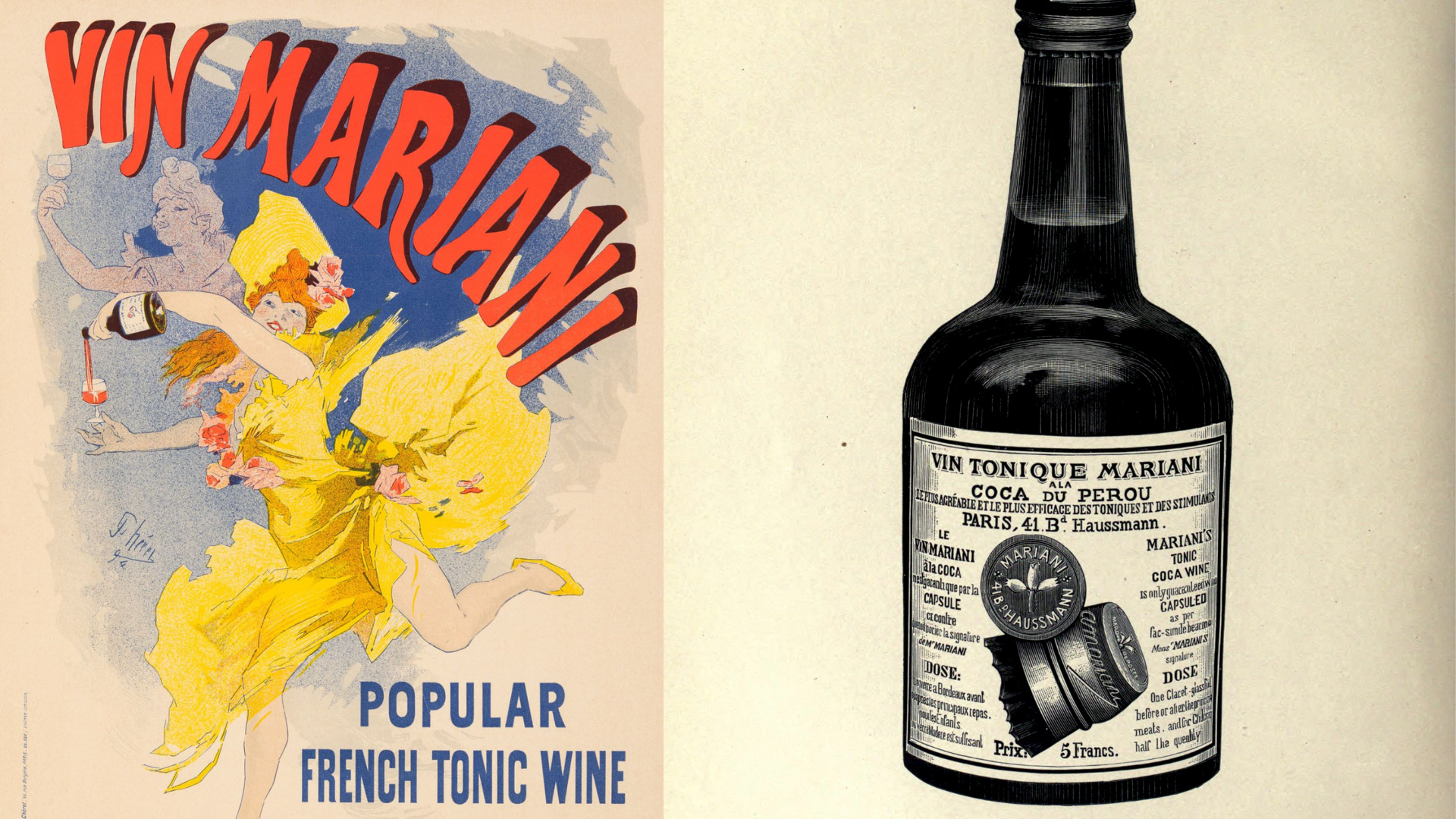
In the 1860s a new drink was being created, which supposedly acted as a miracle tonic, helping people to feel full of energy and vigor. The drink contained Bordeaux wine and coca leaves, so it’s no wonder historical figures such as Pope Leo XIII and Thomas Edison couldn’t get enough of it. Safe to say, it’s now banned.
Insulin overloads
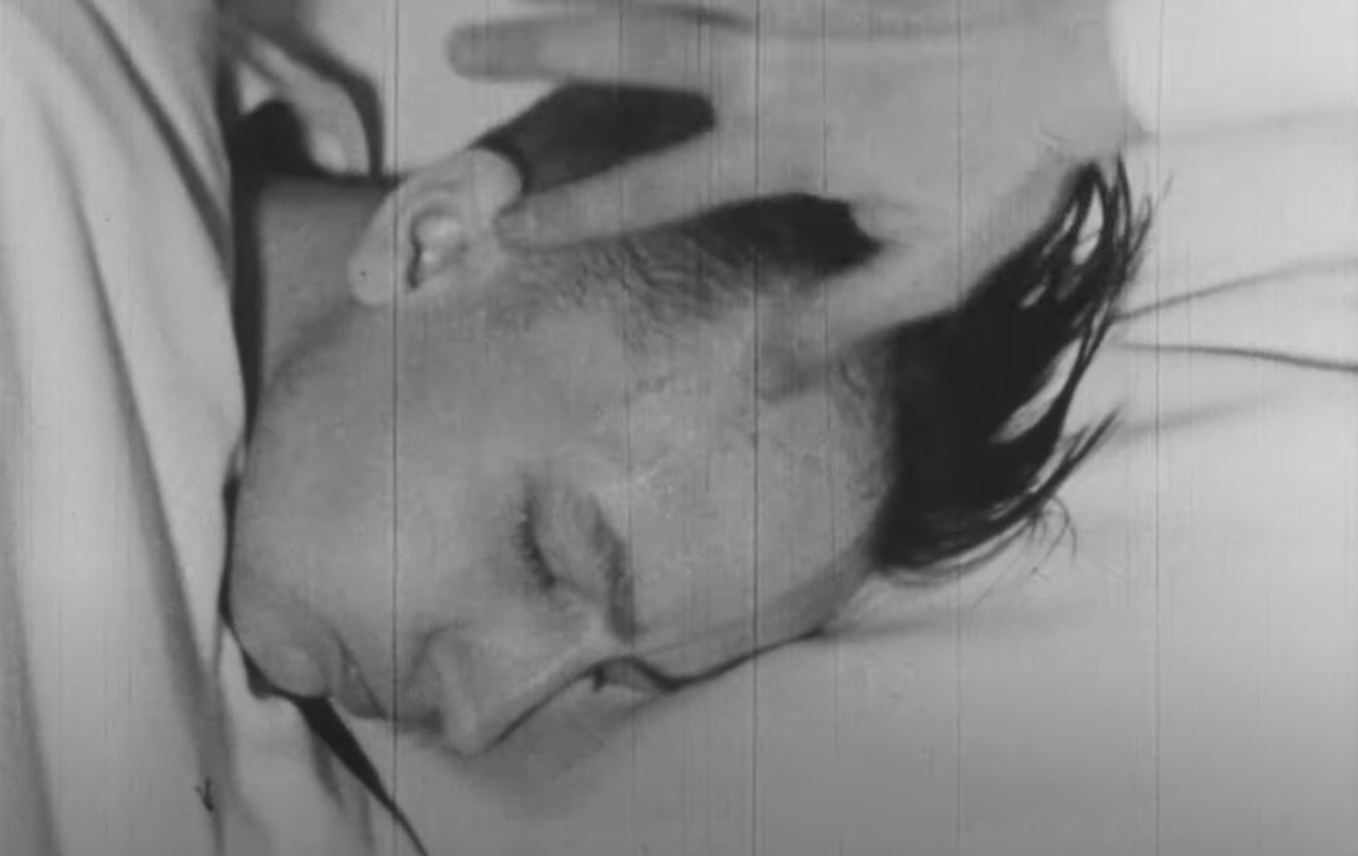
In an attempt to cure schizophrenia, doctors in the 1920s would overload their patients on insulin, sending them into a coma, known as a ‘sugar coma’. Thankfully, more research was done into mental disorders, and by the 1960s, patients were being prescribed neuroleptic drugs instead.
Tapeworms for weight loss
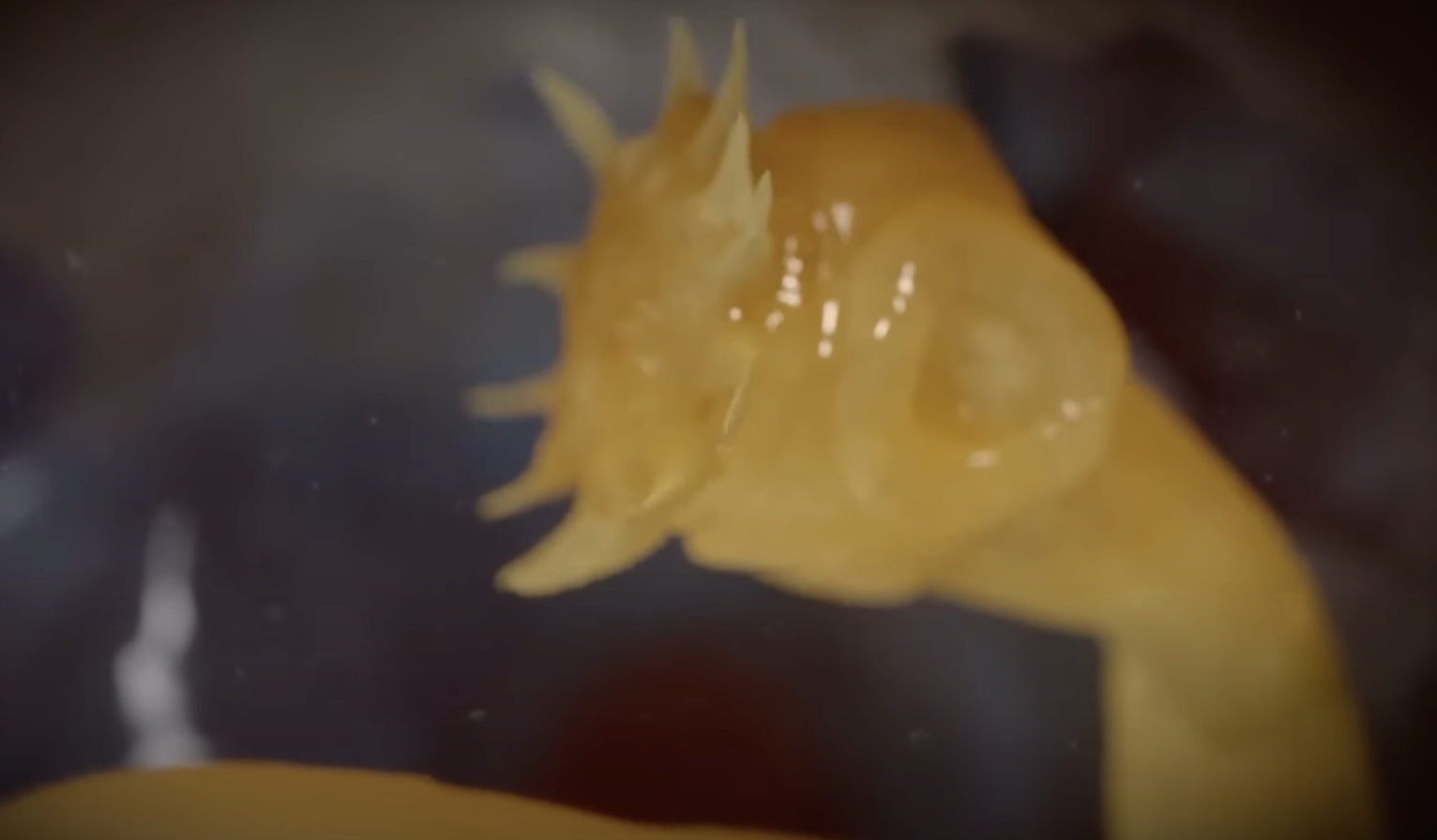
Human stupidity has revealed itself in many forms over the centuries, including the time when someone decided to ingest tapeworm eggs to help them lose a bit of weight. The idea was that the tapeworm would eat your food before you could digest it, therefore allowing you to eat as much as you wanted without becoming overweight. Pills were sold to the public with tapeworm eggs in them. Gross!
Electric shocks for erectile dysfunction
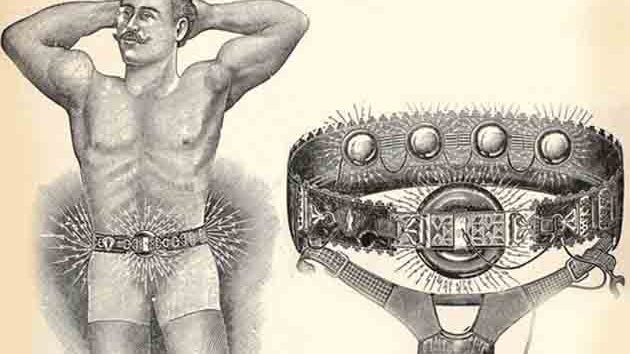
In the days before there was an abundance of pills for men to use in case they were struggling in the bedroom, men would sometimes wear a belt that would shock them into action. It apparently did have the desired effect, but the continued shocking only made things more difficult for the poor guy in the long run.
Smoke enemas
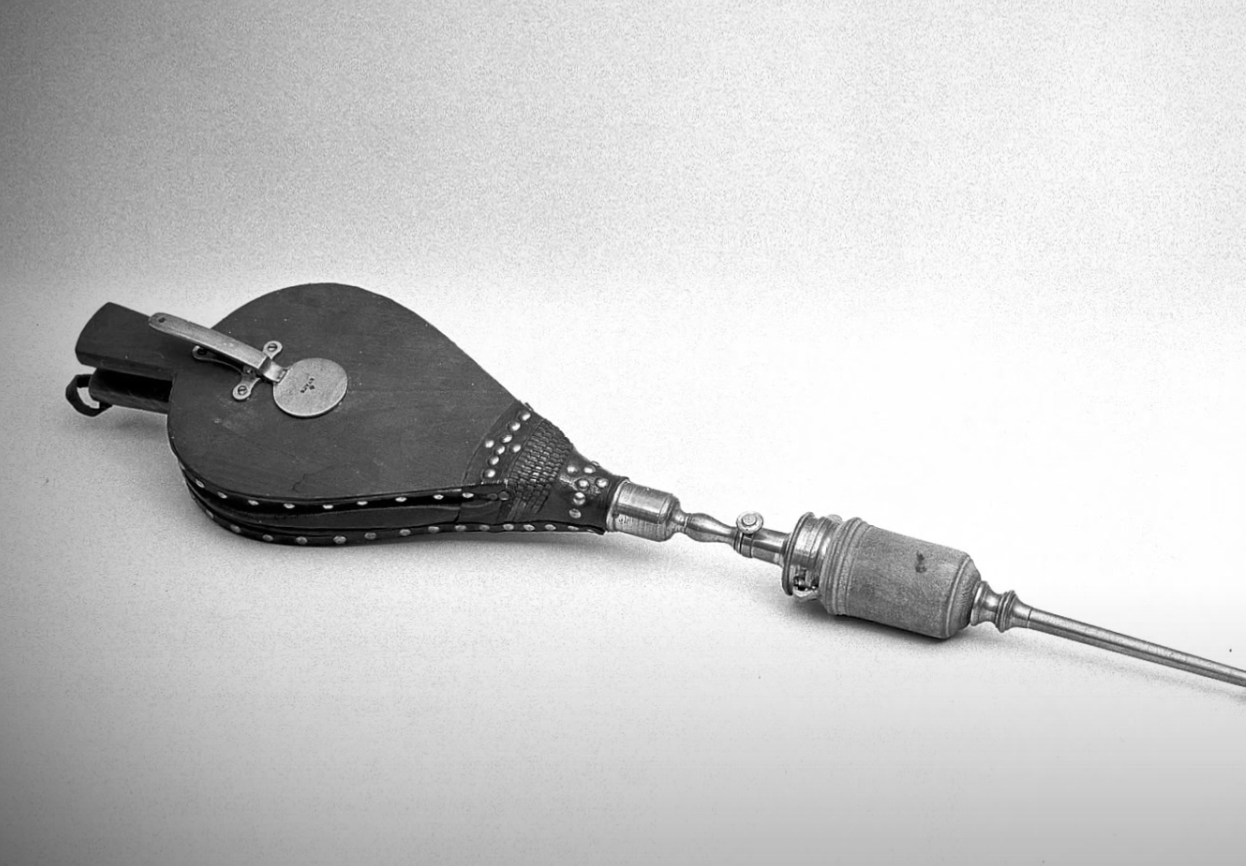
Smoke enemas were brought over to England, and subsequently Europe by the so-called, ‘Father of English Medicine’, Thomas Sydenham. He supposedly witnessed Native Americans using these enemas to revive drowning victims during a trip to the New World in the 17th century.
Disinfectant for birth control

Lysol disinfectant is a strong, corrosive disinfectant, which, in the 1930s, people saw as safe enough to use as birth control. In fact, Lysol themselves marketed their product as such, which led to some awful burns and irritation injuries. The company is also famous for its string of heavily sexist advertisements, published throughout the 1930s.
The Rest Cure
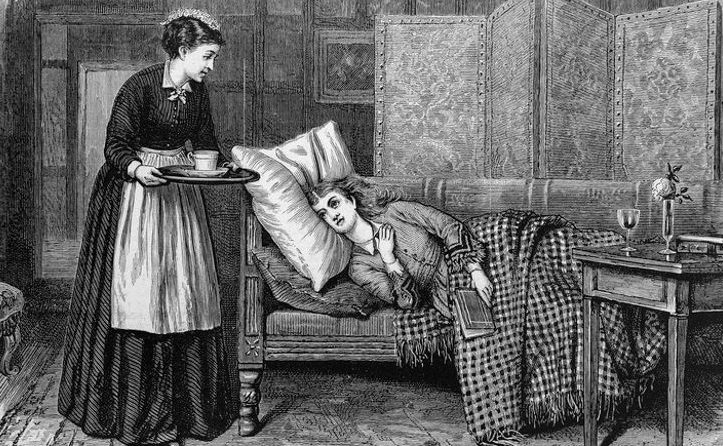
Back in the 19th century when women weren’t allowed to be seen experiencing the full range of human emotions, they would often be diagnosed with hysteria, which had a number of supposed cures. One of these cures was known as The Rest Cure, where women would be confined to a bed for two months, without any sort of mental stimulation to get them through it.
Arsenic for general well-being
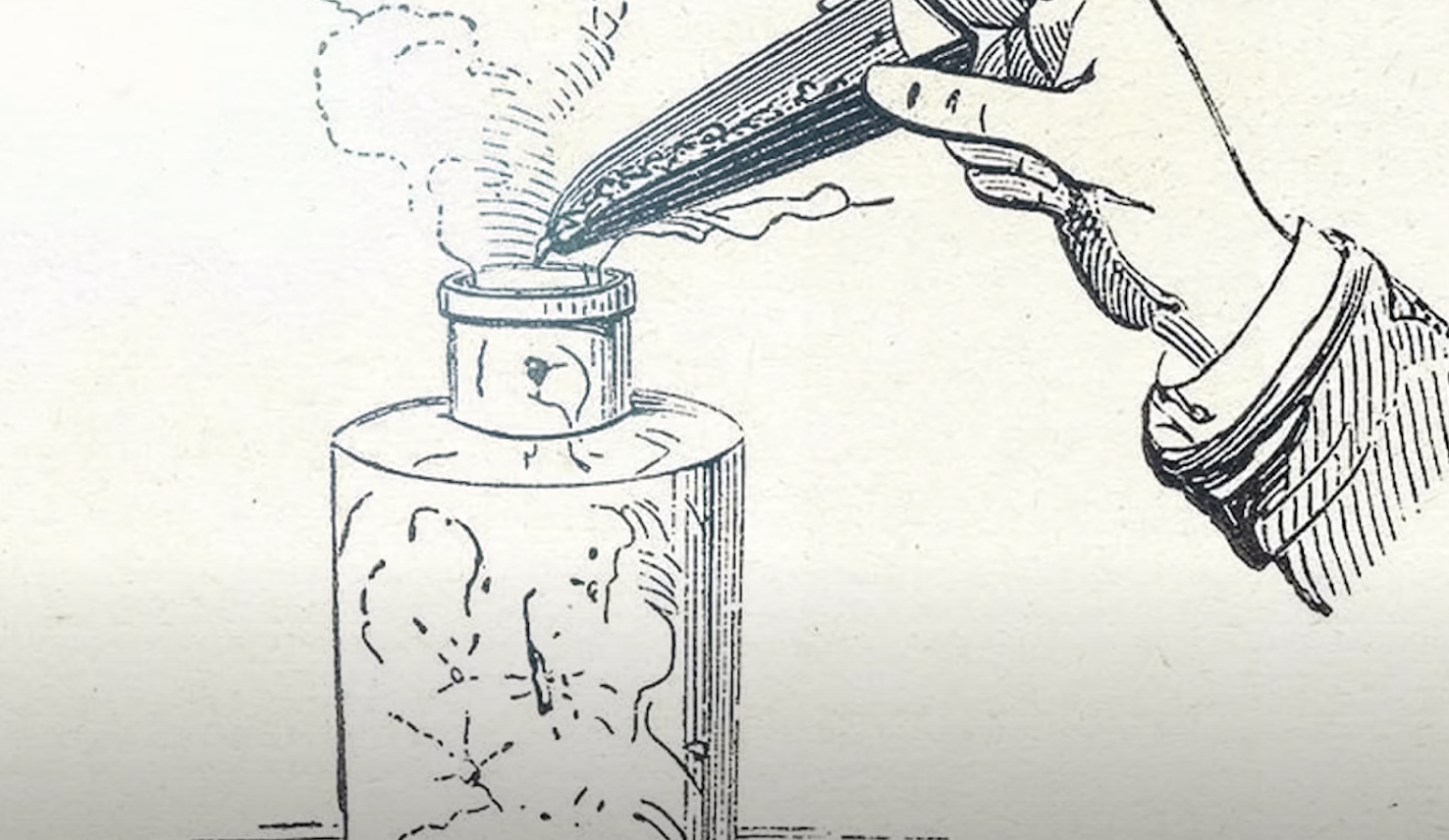
It seems that the humans of time gone by have ingested, inhaled, and bathed in a lot of poisonous substances. Arsenic was one of these substances, treated by those in the 19th century as a cure-all and health potion. Hair samples from people who existed back in those blissfully unaware times have been found to contain way more than just trace doses of arsenic.
Methane jars

The Great Plague of London in 1665 and 1666 must have been terrifying for the city’s inhabitants, what with such little research having gone into disease and how to prevent it from spreading. Londoners assumed it was something in the air, and therefore resorted to carrying methane that their bodies would naturally create, in jars, as it was believed that its potency could prevent them from catching the plague.